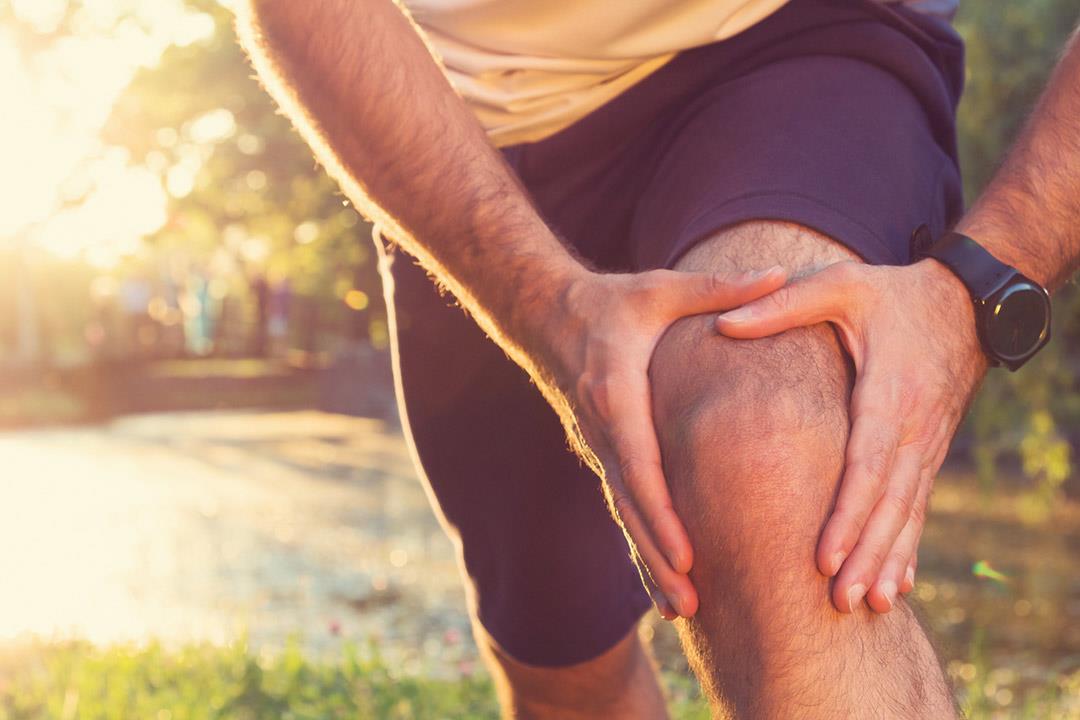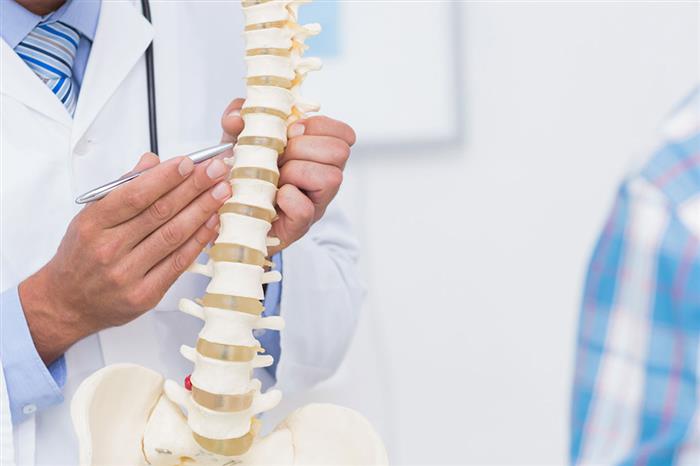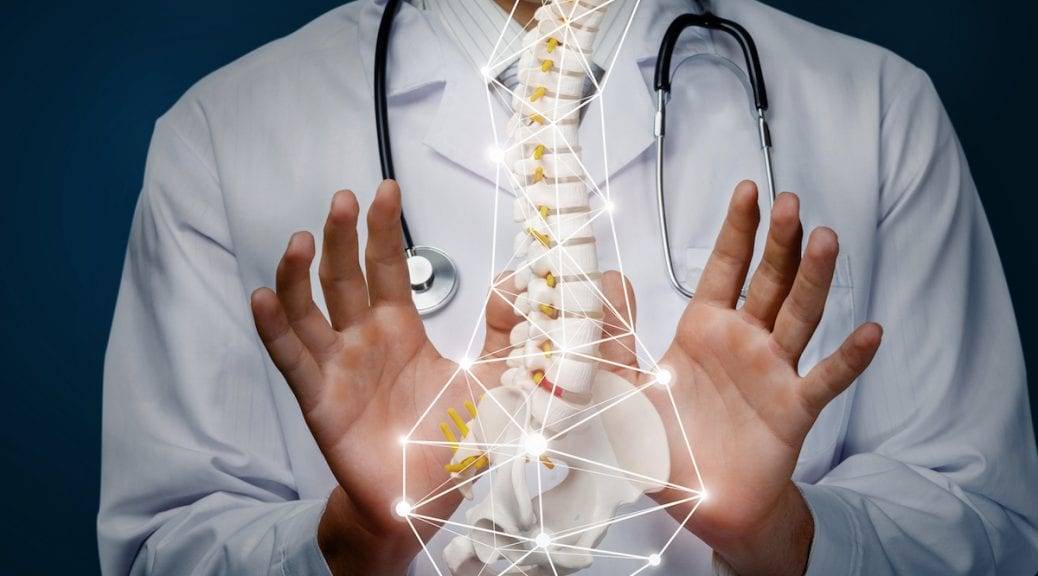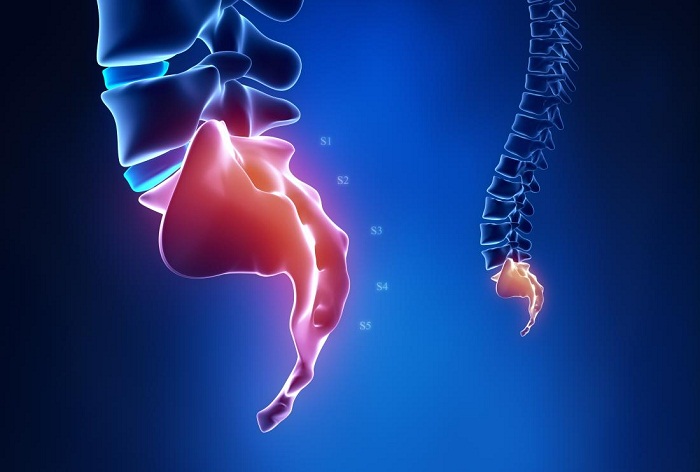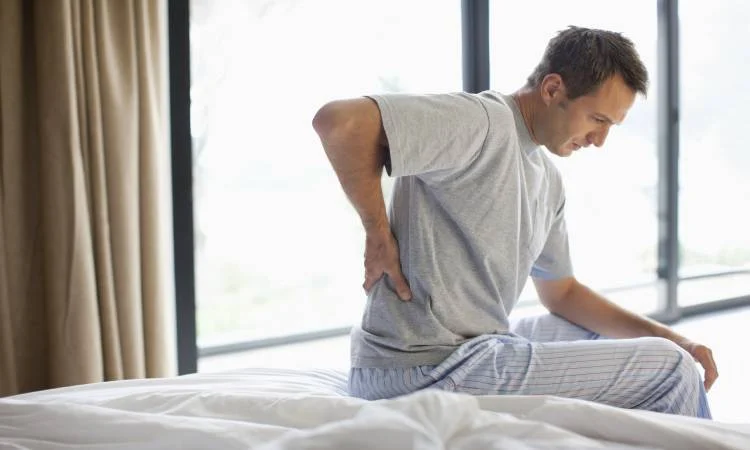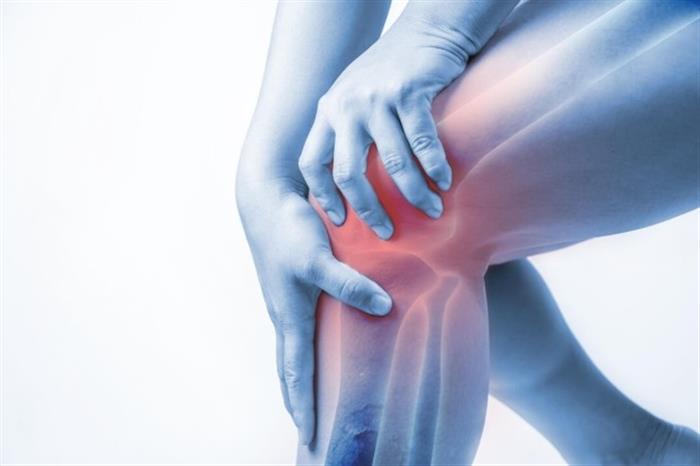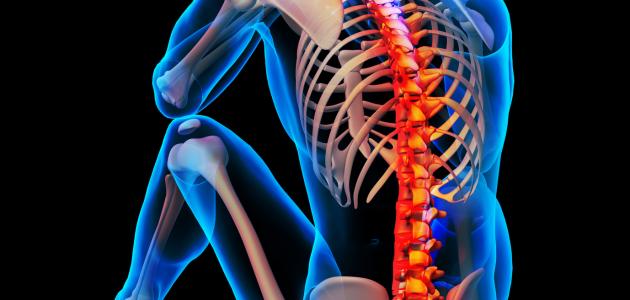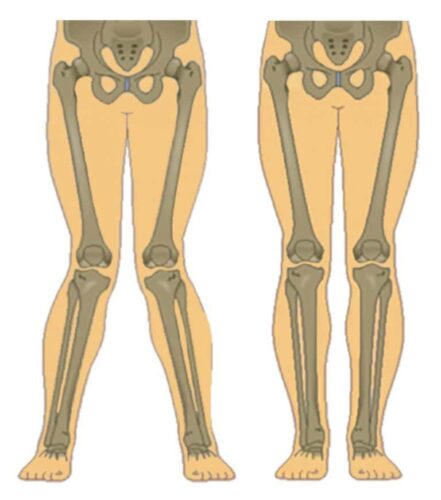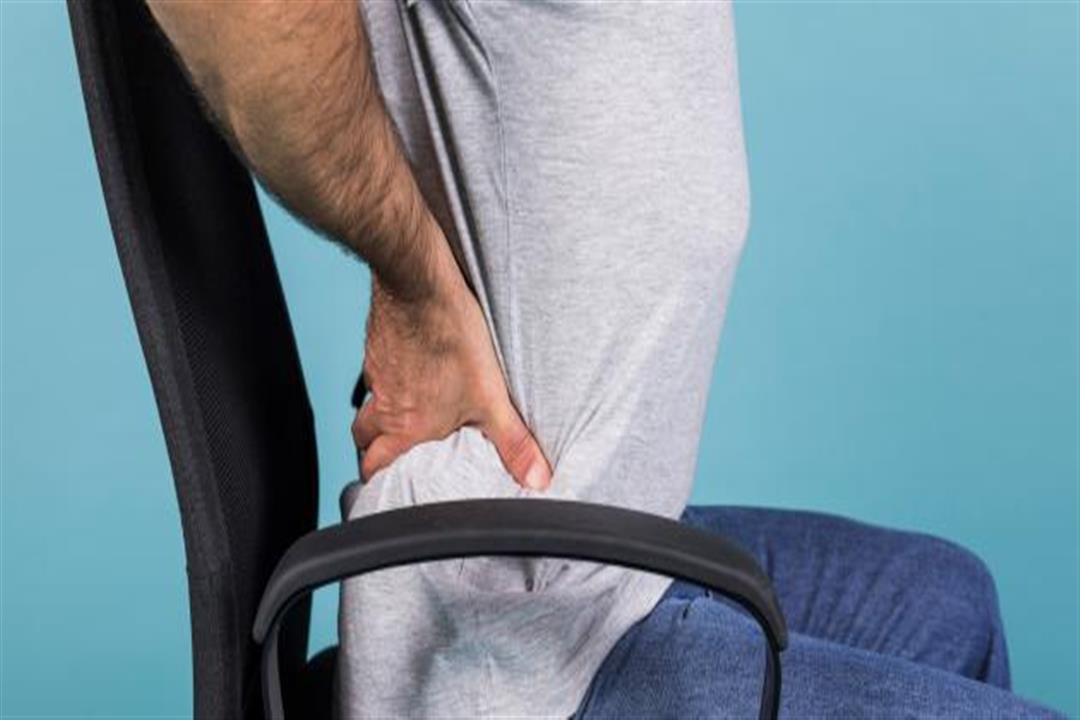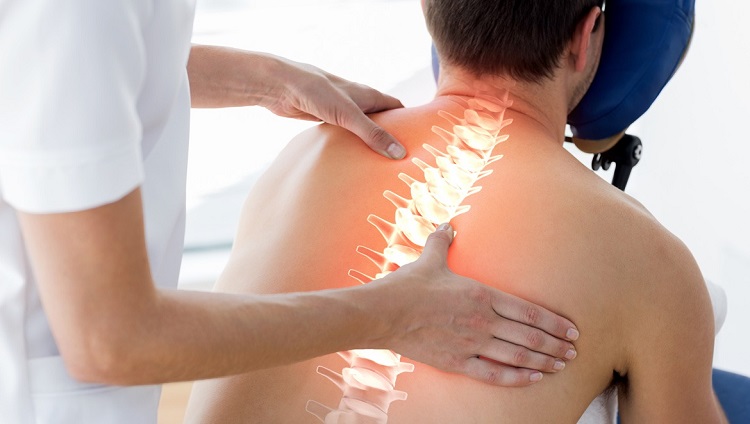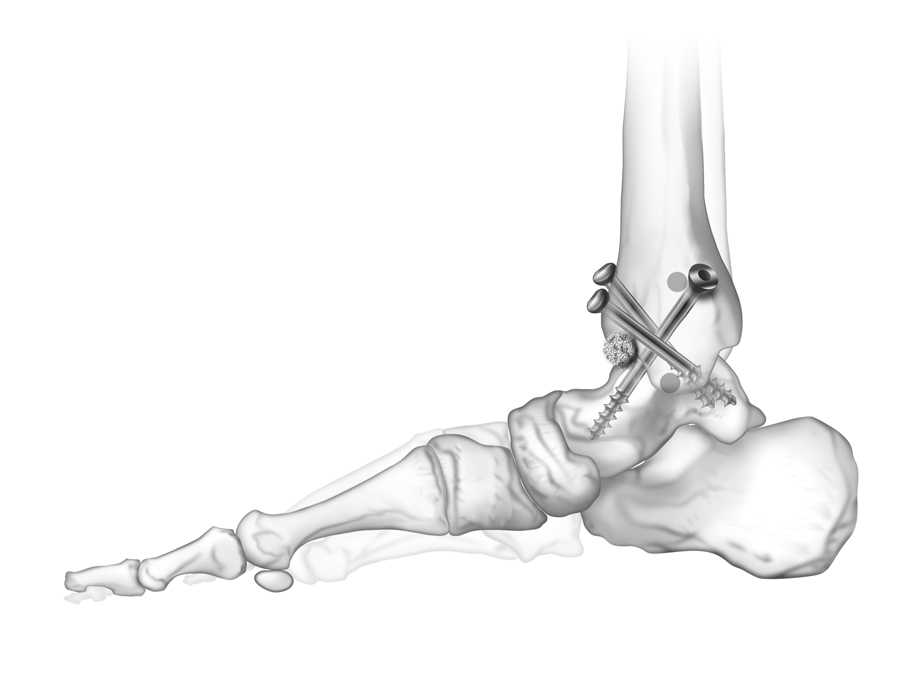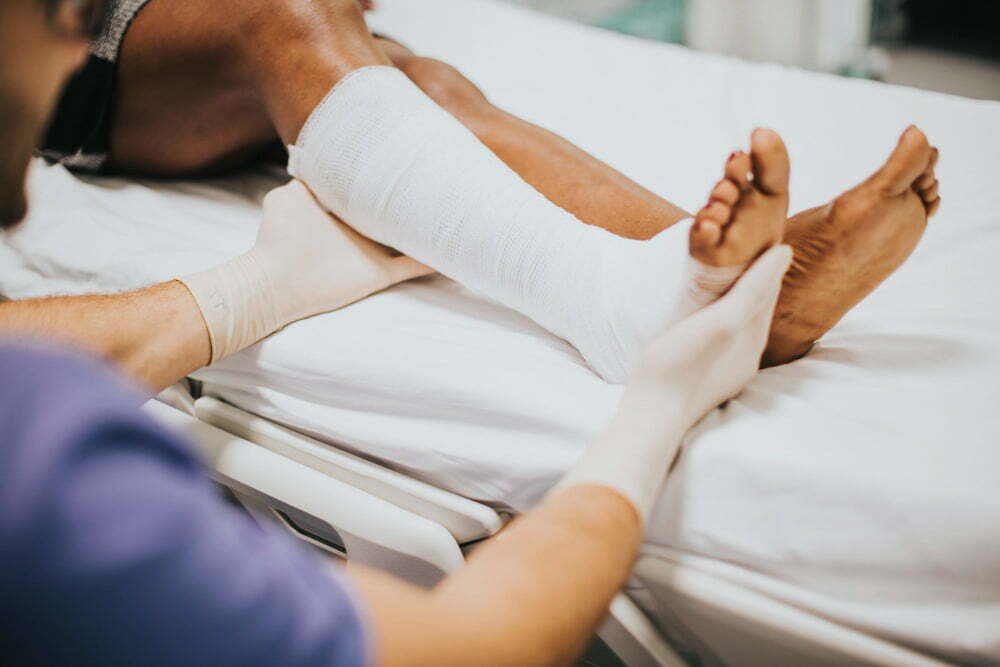The difference between a muscle strain and a herniated disc
A herniated disc affects many areas of the individual’s body, and some symptoms appear in each area differently from the other, and you must be well aware of it to be able to receive treatment early to prevent any serious complications from occurring. Follow the article with us to learn about the most important information on this subject.
The difference between a muscle strain and a herniated disc
There are many differences between a muscle strain and a herniated disc, and here are some of them in the following lines:
The difference is in terms of symptoms
Symptoms of a muscle strain are:
- Feeling severe pain that is more intense in the event of movement.
- The presence of continuous pain with the individual even if he is lying down without making any effort.
- It is accompanied by the occurrence of convulsions.
- Some bruises, red marks, or swelling appear in the area being stretched.
- The affected joint cannot be moved in a wide range.
- Loss of ability to use muscles and tendons effectively.
- The pain subsides within two weeks and no more than that.
As for the herniated disc, its symptoms are:
- A feeling of numbness in the extremities.
- Having severe muscle weakness.
- Spread of pain in both the upper and lower extremities.
- Feeling continuous pain without stopping.
- A severe pain when the spine moves in any direction.
- A weakness in the nerves results in disturbances in the bladder and intestines.
The difference in terms of diagnosis
- Diagnosis of muscle strain is not necessary unless physical therapy exercises continue without any benefit for a period exceeding a month and a half, and in that case, the diagnosis is made as follows:
- X-rays: through which an image of the vertebrae and joints is obtained, and this enables the doctor to know if there are any other causes for this pain, such as the presence of any infections or fractures.
- Magnetic resonance imaging: This provides a three-dimensional picture of the internal structure of the body, through which the spinal cord or nerves can be examined and monitored if there are any tumors.
Diagnosis of a herniated disc consists of three stages, namely:
- Observing family history with this disease at the beginning in order to make sure that it is not hereditary.
- Do a physical examination to focus on the strength of muscles and nerves in the upper and lower extremities of the body.
- Do a CT scan or MRI scan so that the location of the slip can be identified very easily.
Symptoms of a herniated disc in the hip
- Feeling a state of numbness and tingling in both the hip and the leg.
- Stiffness in the muscles in the lower back.
- The presence of pain in the coccyx bone area.
- Severe pain affects individuals when standing or sitting for long periods.
- A sensation of pain in the muscles and joints.
- Loss of ability to walk for a long time due to severe pain.
- The individual’s feeling of pain when defecating.
- Feeling severe pain when having sex.
Symptoms of a herniated disc in the coccyx
A herniated disc in the coccyx results in many symptoms, which are:
- The presence of pain in the lower back over the lumbar cartilage, and it is more severe in the case of standing or sitting for long periods and coughing, and the pain may extend from the lower back to the legs.
- Feeling of numbness in the lower back and extending to the arms and legs.
- Loss of ability to control defecation or urination.
Does walking treat a herniated disc?
Walking is very beneficial for those suffering from a herniated disc, and its benefits lie in the fact that it helps to greatly reduce the severity of pain and prevent any serious complications from occurring, as walking for herniated disc patients is very important because it protects them from the development of their condition in a bad way.
Does cartilage grow back?
Many studies have shown that cartilage can repair itself by itself in what is known as the self-renewal process, which is very similar to salamanders axolotls, and zebrafish, which have a great ability to compensate for damaged tissues in each of them.
What is cartilage food?
Many foods play a major role in strengthening cartilage and building it properly, for example:
- Legumes: contain anti-inflammatory properties, in addition to being a source of protein that is involved in the formation of collagen, which is important for building cartilage, such as chickpeas, peanuts, and white and red beans.
- Orange: Its usefulness in the formation of cartilage is because it contains vitamin C, which contributes to the formation of collagen and promotes cellular healing. Vitamin C can be obtained from kiwi, red pepper, strawberries, lemon, mango, and turnip as well.
- Pomegranate: It has many anti-inflammatory and antioxidant properties in addition to it has many elements that are very useful in protecting cartilage.
- Green tea: Green tea contains catechins and polyphenols that work to protect and rebuild cartilage, in addition to being a healthy drink that helps relieve pain caused by arthritis.
- Brown rice: Its importance is because it contains hyaluronic acid, which is included in the formulation of many medicines and injections that work to treat arthritis, as hyaluronic lubricates the joints and absorbs shocks.
- Nuts: contain a large percentage of magnesium, which works to rebuild cartilage and increase its hardness.
- Brussels sprouts: It contains vitamin K, which is essential for building cartilage.
Does climbing stairs affect herniated disc patients?
A herniated disc patient feels a lot of pain when moving because this symptom is essential for this disease, and for this reason, climbing stairs is very difficult and painful for him, and for this reason, he prefers to take rest after each stage of the stairs.
How long does it take to treat a herniated disc?
There are many questions that many people ask, such as how long does recovery from a herniated disc take? Can a herniated disc be completely cured? The answer to this is that when a patient treats a herniated disc, he can return to the activities that he used to do in the past normally again.
The duration of the treatment takes according to the severity of the injury that the individual may have been exposed to, and it may reach 6 weeks, provided that the treatment plan that the doctor sets is well adhered to and physical therapy is adhered to, and it is possible to fully recover from a herniated disc if the patient strictly adheres to the doctor’s instructions.

